Home>Garden Essentials>What Do You Put Under Turf Grass
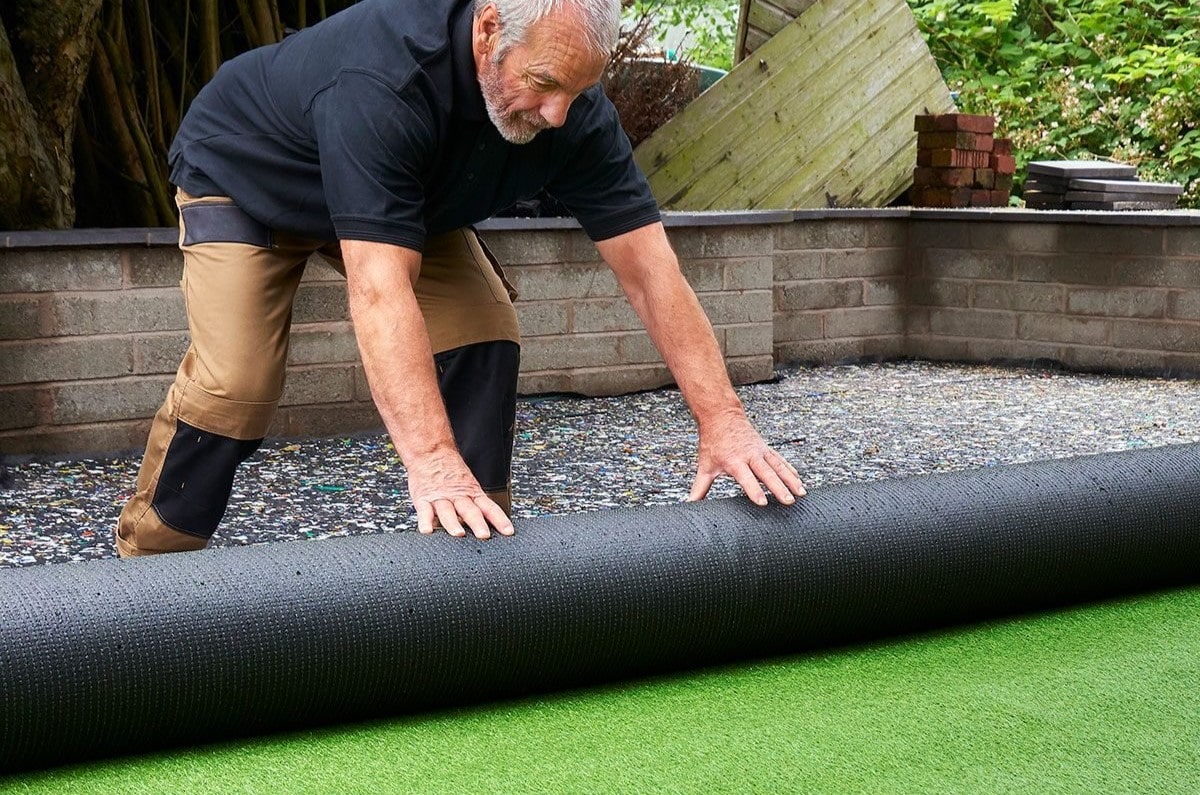

Garden Essentials
What Do You Put Under Turf Grass
Modified: October 28, 2024
Discover what you need to put under turf grass in your garden for a lush and healthy lawn. Find essential tips on preparation and maintenance.
(Many of the links in this article redirect to a specific reviewed product. Your purchase of these products through affiliate links helps to generate commission for Storables.com, at no extra cost. Learn more)
Introduction
When it comes to creating a lush and healthy lawn, one important consideration is what to put under turf grass. The foundation upon which your grass will grow plays a crucial role in its overall health and longevity. While many people think that laying down turf grass requires simply rolling out the sod, there are actually several key elements that should be placed beneath the grass to ensure optimal growth and sustainability.
In this article, we will explore the various components that are commonly used as a base layer for turf grass. From topsoil to organic matter, sand to fertilizers, we will cover all the essential elements needed to create a thriving lawn. By understanding the importance of each of these elements and their role in supporting healthy grass growth, you can take the necessary steps to achieve a beautiful and resilient lawn.
So, let’s dive in and discover what exactly you should put under turf grass to set the stage for a vibrant and lush lawn.
Before we dive into the specific materials, it’s important to note that the importance of proper soil preparation cannot be overstated. Regardless of the materials used in the base layer, it’s crucial to ensure that the soil is well-draining, rich in nutrients, and has the appropriate pH levels for optimal grass growth. Conduct a soil test and make any necessary amendments before proceeding with laying down the turf grass.
Key Takeaways:
- Build a strong foundation for your turf grass by using topsoil, organic matter, sand, fertilizers, lime, mulch, herbicides, and an irrigation system. Each component plays a vital role in promoting healthy growth and sustainability.
- Proper soil preparation and the right base layer components are essential for a lush and resilient turf grass lawn. From nutrients to drainage, each element contributes to creating an ideal environment for your grass to thrive.
Read more: What Do You Put Under Astro Turf
Topsoil
When laying down turf grass, one of the most important components to consider is the topsoil. Topsoil refers to the uppermost layer of soil, approximately 6 to 8 inches deep, which is rich in organic matter and nutrients. It serves as the foundation for the turf grass roots to establish and thrive.
Quality topsoil ensures that the grass roots have access to the necessary nutrients and moisture. It also provides a loose and aerated medium for the roots to penetrate and expand, promoting healthy growth. Ideally, the topsoil should have good water retention capabilities while still allowing for proper drainage.
When selecting topsoil, opt for a blend that is specifically designed for turf grass. It should be free from weeds, debris, and stones that could impede the growth of the grass. Additionally, ensure that the topsoil is well-amended with organic matter to enhance its fertility and provide a favorable environment for the grass roots.
Before laying down the topsoil, remove any existing vegetation, rocks, or debris from the area. Level the surface and then spread a layer of topsoil across the entire lawn area. Aim for a depth of at least 4 to 6 inches for optimal results.
Once the topsoil is spread, it is important to thoroughly rake and smooth the surface to create an even and level base for the turf grass. Avoid compacting the soil by walking on it excessively during this process.
In summary, topsoil is a vital component to consider when laying down turf grass. It provides the essential nutrients, aeration, and moisture retention necessary for healthy grass growth. Choose a high-quality turf grass-specific topsoil and ensure proper preparation and leveling of the area before moving on to the next step in the turf grass installation process.
Organic Matter
As you prepare the base layer for your turf grass, incorporating organic matter is another important step to consider. Organic matter consists of decomposed plant and animal materials that provide essential nutrients, improve soil structure, and promote microbial activity.
One of the main benefits of adding organic matter to the soil is its ability to enhance the soil’s water-holding capacity. It helps to retain moisture, reducing the need for frequent watering and preventing the turf grass from drying out. Additionally, organic matter aids in the development of a well-aerated soil structure, allowing for better root penetration and nutrient absorption.
There are various types of organic matter that can be incorporated into the base layer for your turf grass. Compost is a common choice, as it is rich in nutrients and helps to improve soil fertility. Peat moss is another popular option, known for its ability to retain moisture and improve soil moisture-holding capacity.
When applying organic matter, spread a layer of it evenly over the topsoil. Aim for a thickness of about 1 to 2 inches, depending on the quality and composition of the organic matter. Use a rake or garden fork to gently incorporate the organic matter into the top few inches of the soil, ensuring thorough mixing.
It’s important to note that while organic matter provides numerous benefits, moderation is key. Excessive amounts of organic matter can lead to nutrient imbalances or drainage issues. Therefore, it is recommended to follow guidelines and recommendations specific to the type of organic matter you are using.
By incorporating organic matter into the base layer, you are providing your turf grass with a nutrient-rich environment that promotes healthy growth and development. The organic matter helps to improve the soil structure, moisture retention, and nutrient availability, ensuring that your turf grass thrives in its new home.
Sand
When it comes to creating a well-draining base layer for your turf grass, sand is a crucial component to consider. Adding sand to the base layer helps to improve the soil’s drainage capabilities, preventing waterlogging and promoting healthy root development.
Sand particles have larger spaces between them, allowing excess water to pass through more easily. By incorporating sand into the base layer, you can prevent water from pooling on the surface and reduce the risk of root rot and other water-related issues. Additionally, sand helps to prevent compaction of the soil, providing a loose and aerated medium for the grass roots to grow.
When choosing sand for your turf grass base layer, opt for a coarse or medium-grain sand that is free from contaminants and organic matter. Avoid using fine sand, as it can lead to compacted soil and drainage problems. Also, consider the soil type in your area and choose a sand that will complement and improve the existing soil structure.
To incorporate sand into the base layer, spread a layer of it evenly over the prepared topsoil. Aim for a thickness of about 1 to 2 inches, depending on the existing soil composition and drainage capabilities. Use a rake or garden fork to gently blend the sand into the top few inches of the soil, ensuring thorough mixing.
It’s important to note that while sand is beneficial for drainage, excessive amounts can lead to soil instability and poor nutrient retention. It’s crucial to find the right balance and consider the specific needs of your turf grass and soil composition.
By adding sand to the base layer, you are creating an optimal environment for healthy turf grass growth. The improved drainage provided by the sand prevents waterlogging and promotes strong root development. Take care to integrate the sand properly into the soil to ensure an even and well-blended base for your turf grass.
Fertilizers
Fertilizers play a vital role in providing essential nutrients to your turf grass, promoting healthy growth, and ensuring vibrant green color. Adding fertilizers to the base layer helps to establish a solid foundation of nutrients for your grass roots to thrive.
There are three primary nutrients that turf grass requires: nitrogen (N), phosphorus (P), and potassium (K). Nitrogen helps with leaf and stem growth, phosphorus aids in root development, and potassium enhances overall plant health and resilience.
Before applying fertilizers, it’s important to conduct a soil test to determine the specific nutrient deficiencies in your soil. This will help you identify the appropriate type and ratio of fertilizers to use.
When incorporating fertilizers into the base layer, it is generally recommended to use a slow-release or controlled-release fertilizer. These types of fertilizers release nutrients gradually over time, providing a steady supply to the turf grass roots.
Start by evenly spreading the fertilizer over the prepared base layer. Follow the manufacturer’s instructions regarding application rates to avoid over-fertilization, which can lead to nutrient burn and damage to the turf grass. After spreading the fertilizer, use a rake or garden fork to gently incorporate it into the top few inches of the soil.
Proper timing of fertilizer application is essential. It’s best to apply fertilizers before laying down the turf grass to ensure the nutrients are readily available as the roots establish. However, if the grass has already been installed, you can still apply fertilizer to the surface and lightly rake it in, taking care not to disturb the grass too much.
Regularly monitoring and replenishing nutrients with appropriate fertilization throughout the growing season will help maintain a lush and healthy lawn. Remember to follow the recommended application rates and schedule for your specific grass type.
By incorporating fertilizers into the base layer, you are providing the necessary nutrients for your turf grass to establish strong roots and thrive. Nutrient-rich soil promotes healthy growth, improves color, and enhances the overall appearance of your lawn.
Before laying turf grass, it’s important to prepare the soil properly. Start by removing any existing grass and weeds, then till the soil to a depth of 4-6 inches. Next, add a layer of topsoil or compost to improve the soil quality and provide a good base for the turf to establish. Finally, make sure to level the soil and remove any debris before laying the turf.
Read more: What Do You Put Under Fake Grass
Lime
In addition to topsoil, organic matter, sand, and fertilizers, lime is another important component to consider when preparing the base layer for your turf grass. Lime helps to adjust the soil’s pH level, ensuring an optimal environment for nutrient availability and uptake by the grass roots.
The pH level of the soil plays a crucial role in nutrient absorption. If the soil pH is too acidic or too alkaline, it can negatively affect the availability of essential nutrients, even if they are present in the soil. Ideally, turf grass prefers a slightly acidic to neutral pH range of around 6.0 to 7.0.
Lime is commonly used to raise the pH level of acidic soils. By increasing the soil’s alkalinity, lime helps to neutralize the acidity, making it more favorable for turf grass growth. It also improves the effectiveness of fertilizers and aids in the release of important nutrients.
Before applying lime, it’s important to conduct a soil test to determine the existing pH level and the recommended amount of lime needed for your specific soil type. Depending on the test results, you may need to apply different types of lime, such as agricultural lime or dolomitic lime.
When incorporating lime into the base layer, evenly spread it over the prepared soil surface. Use a rake or garden fork to gently incorporate the lime into the top few inches of the soil. Avoid excessive application, as too much lime can raise the pH level too high and cause nutrient imbalances.
It’s important to note that the effects of lime on soil pH can take time to fully manifest. Therefore, it’s recommended to apply lime several weeks before laying down the turf grass to allow it to properly react with the soil.
Regularly monitoring the pH level of your soil and making necessary adjustments with lime applications will help maintain a healthy and thriving lawn. Remember to follow the soil test recommendations and consult with a professional if you are unsure about the proper application rates.
By incorporating lime into the base layer of your turf grass, you are creating a balanced pH level that promotes optimal nutrient availability and uptake. This ensures that your grass roots have access to the necessary nutrients for healthy growth and a vibrant lawn.
Mulch
When it comes to creating a healthy and attractive turf grass lawn, mulch can play a significant role in the base layer. Mulch is a protective layer of organic or inorganic material applied to the soil surface, providing numerous benefits for the turf grass.
One of the primary advantages of using mulch is its ability to conserve moisture by reducing evaporation from the soil. This helps to retain water and reduce the frequency of irrigation, ensuring that the grass roots have a constant supply of moisture. Additionally, mulch acts as a barrier between the soil and the external environment, moderating soil temperatures and preventing weed growth.
Organic mulches, such as wood chips, straw, or shredded leaves, break down over time and improve soil structure as they decompose. They add organic matter to the soil, enriching it with nutrients and promoting beneficial microbial activity. Inorganic mulches, like gravel or rubber mulch, do not provide organic matter but still offer weed suppression and temperature regulation benefits.
Before adding mulch to the base layer, it’s important to prepare the soil surface by removing any existing weeds or debris. Once the area is clean, spread a layer of mulch evenly over the soil surface, aiming for a thickness of about 2 to 3 inches. Take care to avoid piling the mulch against the base of trees or plants, as it can cause excessive moisture retention and potential root rot.
Keep in mind that while mulch provides numerous benefits, there can be challenges if applied incorrectly. Thick layers of mulch can lead to excess moisture retention and prevent air exchange with the soil, resulting in root suffocation. It’s crucial to avoid piling mulch against the base of plants to prevent stem rot and insect infestations.
Regularly monitoring the mulch layer and making necessary adjustments will help maintain a healthy turf grass lawn. As the mulch breaks down over time, replenishing it periodically is recommended to maintain the desired thickness and effectiveness.
By incorporating mulch into the base layer, you create a protective barrier that conserves moisture, regulates soil temperatures, and suppresses weed growth. Whether you choose organic or inorganic mulch, it enhances the overall health and appearance of your turf grass lawn.
Herbicides
As you prepare the base layer for your turf grass, it’s important to consider the use of herbicides. Herbicides are chemicals that are specifically designed to control and eliminate unwanted weeds, ensuring the turf grass has a clear and healthy environment to grow.
Weeds can compete with turf grass for sunlight, water, and essential nutrients, hindering its growth and overall health. To combat this, herbicides can be used to selectively target and eliminate weeds while sparing the turf grass. There are two main types of herbicides: pre-emergent and post-emergent.
Pre-emergent herbicides are applied before weed seeds germinate, forming a barrier in the soil that prevents the growth and development of weeds. These herbicides are effective in stopping the weeds from establishing themselves in the first place. It’s important to apply pre-emergent herbicides at the right time, typically in early spring or fall, depending on the specific type of weed you’re targeting.
Post-emergent herbicides, on the other hand, are used to control weeds that have already sprouted and are actively growing. These herbicides can be further categorized into selective and non-selective herbicides. Selective herbicides target specific types of weeds while leaving the turf grass unharmed, making them a popular choice for maintaining the overall health of your lawn. Non-selective herbicides, on the other hand, can effectively kill all types of plants and should be used with caution, as they can harm the turf grass if not applied properly.
When using herbicides, it’s crucial to follow the manufacturer’s instructions and safety guidelines. Wear appropriate protective gear, such as gloves and goggles, and apply the herbicides on a calm day to prevent drift and accidental damage to desirable plants. Be cautious not to overuse herbicides, as this can lead to environmental pollution and harm beneficial organisms in the ecosystem.
Additionally, it’s important to note that herbicides should be used as part of an overall weed management strategy that includes proper lawn maintenance practices, such as regular mowing, appropriate watering, and adequate fertilization. By maintaining a healthy and dense turf grass, you can naturally reduce weed competition and minimize the need for excessive herbicide use.
In summary, herbicides are a valuable tool in maintaining a weed-free turf grass lawn. By selectively targeting and eliminating weeds, you can create an optimal environment for your turf grass to thrive. However, it’s important to use herbicides responsibly, following all safety precautions and considering their impact on the environment.
Irrigation Systems
Proper irrigation is essential for the health and vitality of your turf grass, and incorporating an irrigation system into the base layer is a smart choice. An irrigation system ensures that your lawn receives adequate water, promoting deep root growth and overall resilience.
There are several types of irrigation systems available, including sprinkler systems, drip irrigation, and soaker hoses. Each system has its advantages and is suited for different lawn sizes and water requirements.
Sprinkler systems are a popular choice as they provide even coverage and are adjustable to accommodate different water needs. They distribute water over a larger area, making them ideal for larger lawns. Drip irrigation systems, on the other hand, deliver water directly to the roots of the plants, minimizing water waste and targeting areas that need it the most. Soaker hoses are another option, allowing water to seep slowly into the soil and deeply hydrate the turf grass roots.
When designing and installing an irrigation system, it’s important to consider factors such as the soil type, slope, plant water requirements, and local climate conditions. By understanding these factors, you can ensure that your irrigation system delivers the right amount of water at the right time, preventing overwatering or underwatering.
When laying down the base layer for your turf grass, incorporate the necessary irrigation components, such as sprinkler heads or drip lines, into the soil. These components should be strategically placed to ensure optimal coverage and minimize water wastage. Consult with a professional or refer to manufacturer guidelines to determine the ideal spacing and positioning for your specific irrigation system.
Regular maintenance is crucial for the effective operation of your irrigation system. Inspect the system regularly for any leaks, clogs, or damaged components. Adjust the watering schedule according to the changing seasons and weather conditions to avoid overwatering or underwatering.
In addition to the irrigation system, it’s important to supplement your watering efforts with appropriate watering practices. Water your lawn deeply but infrequently, encouraging the turf grass roots to grow deep into the soil. This promotes a stronger and more drought-tolerant lawn.
By incorporating an irrigation system into the base layer, you are providing a consistent and efficient means of watering your turf grass. This helps to promote deep root growth, reduce water waste, and ensure the overall health and longevity of your lawn.
Read more: What Should You Put Under Decking
Conclusion
Creating a healthy and vibrant turf grass lawn requires careful consideration of what to put under the grass. The base layer serves as the foundation for the turf grass roots to establish and thrive, and each component plays a crucial role in supporting healthy growth and sustainability.
Topsoil provides essential nutrients and a loose, well-draining medium for the grass roots to penetrate. Organic matter enriches the soil, improving its fertility and enhancing its ability to retain moisture. Sand aids in drainage and prevents waterlogging, promoting healthy root development. Fertilizers supply the necessary nutrients for optimal growth and color, while lime adjusts the soil’s pH level for better nutrient availability.
Mulch acts as a protective barrier, conserving moisture, regulating soil temperatures, and suppressing weed growth. Herbicides help control and eliminate weeds, ensuring the turf grass has a clear and healthy environment to thrive. Lastly, integrating an irrigation system into the base layer ensures proper watering and deep root growth.
By understanding the importance of each component and taking the necessary steps to incorporate them into the base layer, you can create an ideal environment for your turf grass to flourish.
However, it’s important to remember that successful turf grass maintenance goes beyond the initial base layer. Regular maintenance practices, such as proper mowing, watering, fertilizing, and weed control, are essential for the long-term health and beauty of your lawn.
Always consider the specific needs of your turf grass species and local climate conditions when making decisions about what to put under the grass. Consult with professionals or reputable sources for guidance on soil testing, material selection, and installation techniques to ensure the best results.
In conclusion, by carefully selecting and incorporating the right components into the base layer of your turf grass, you can create a lush, healthy, and resilient lawn that will be the envy of the neighborhood.
Frequently Asked Questions about What Do You Put Under Turf Grass
Was this page helpful?
At Storables.com, we guarantee accurate and reliable information. Our content, validated by Expert Board Contributors, is crafted following stringent Editorial Policies. We're committed to providing you with well-researched, expert-backed insights for all your informational needs.
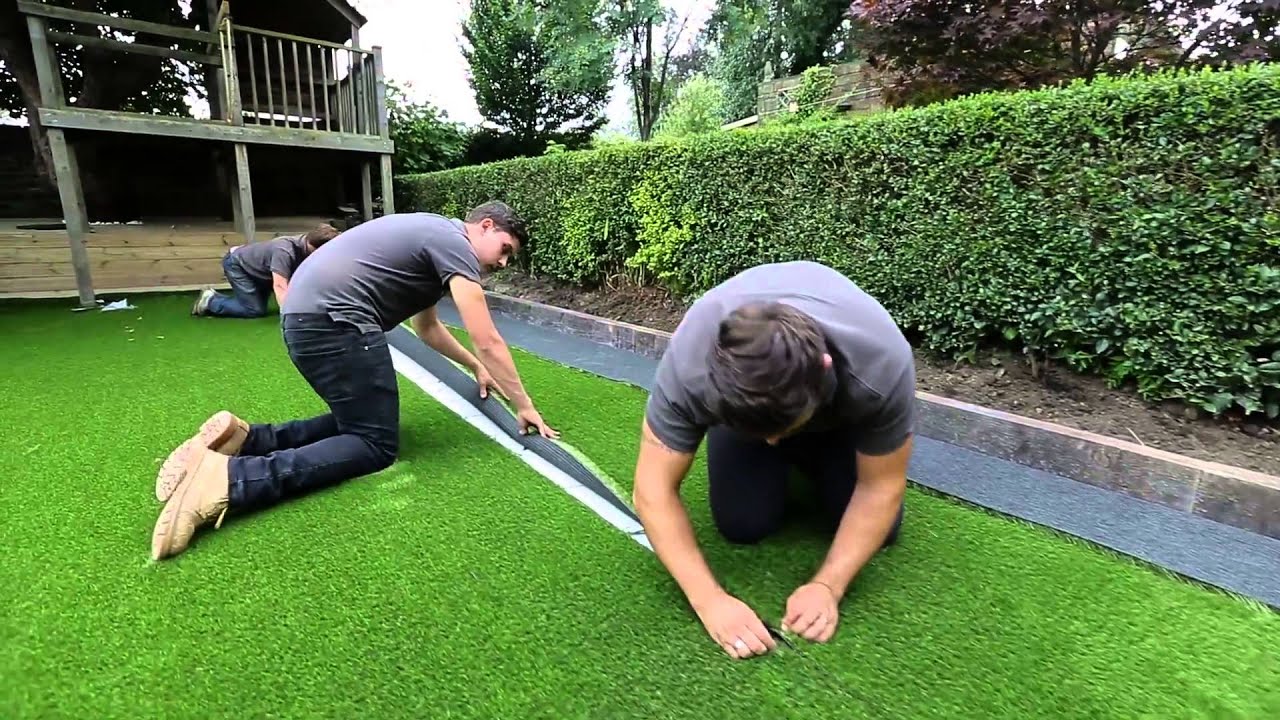
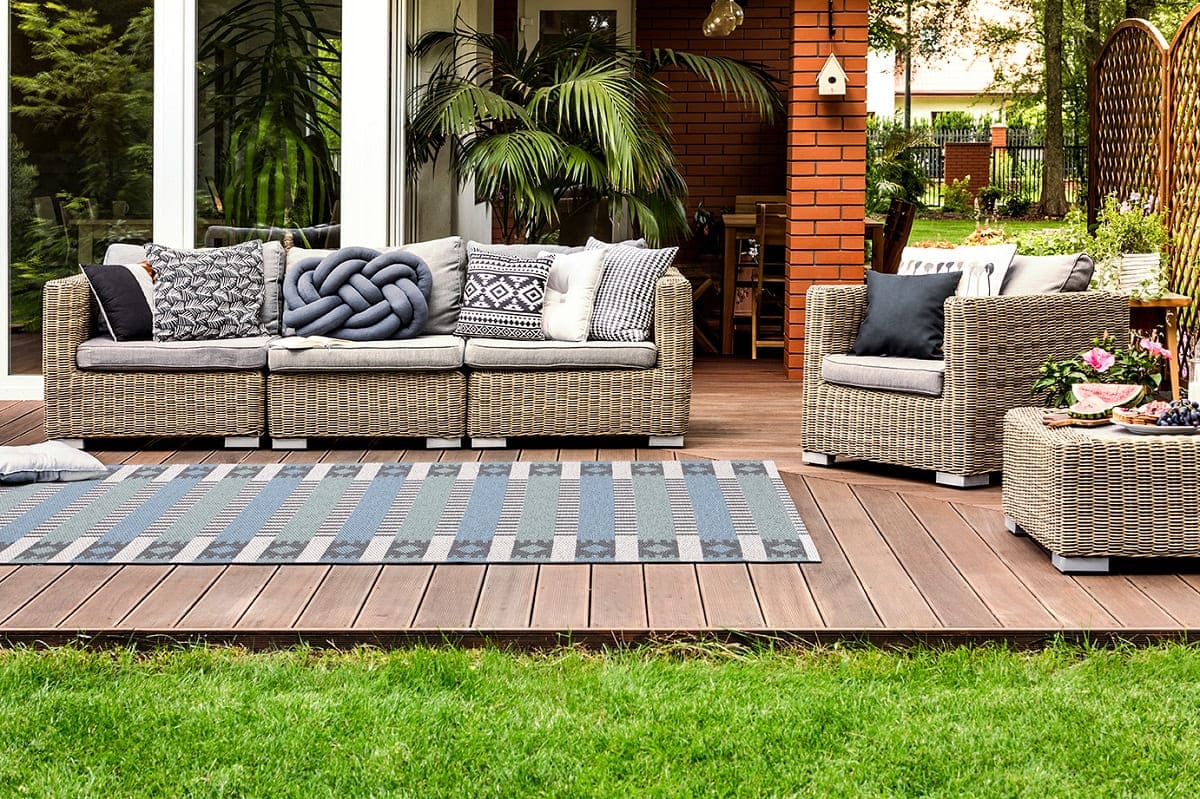

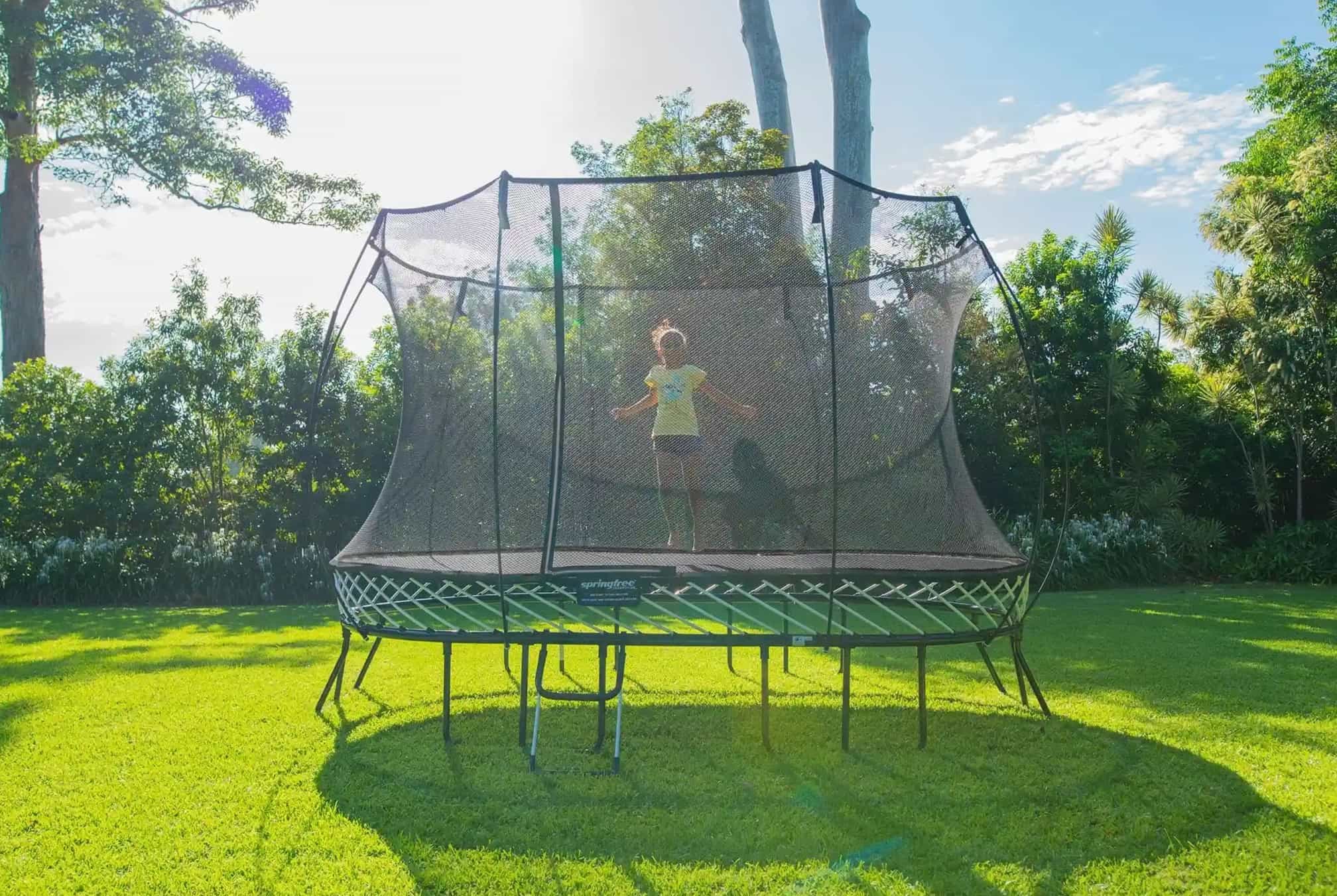
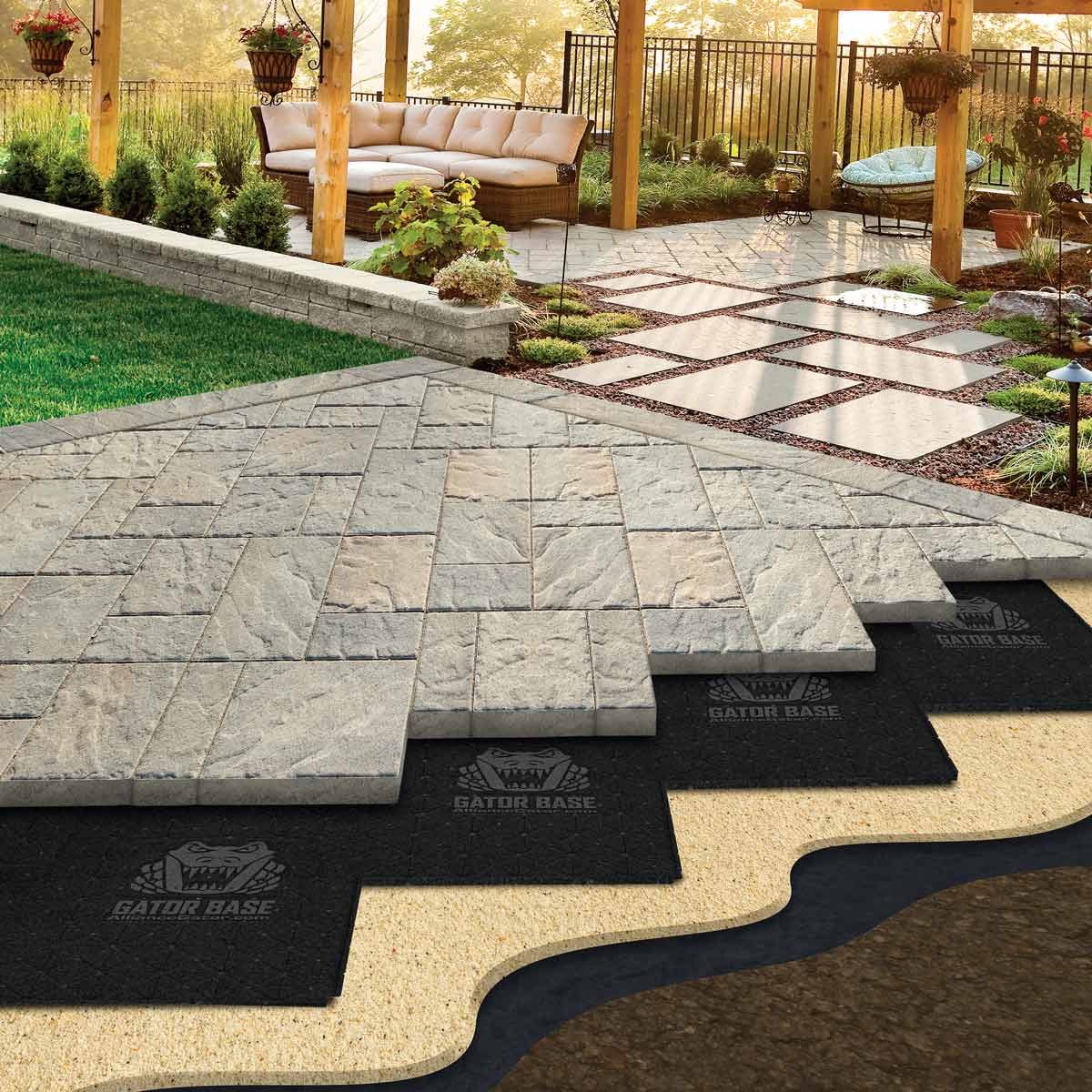
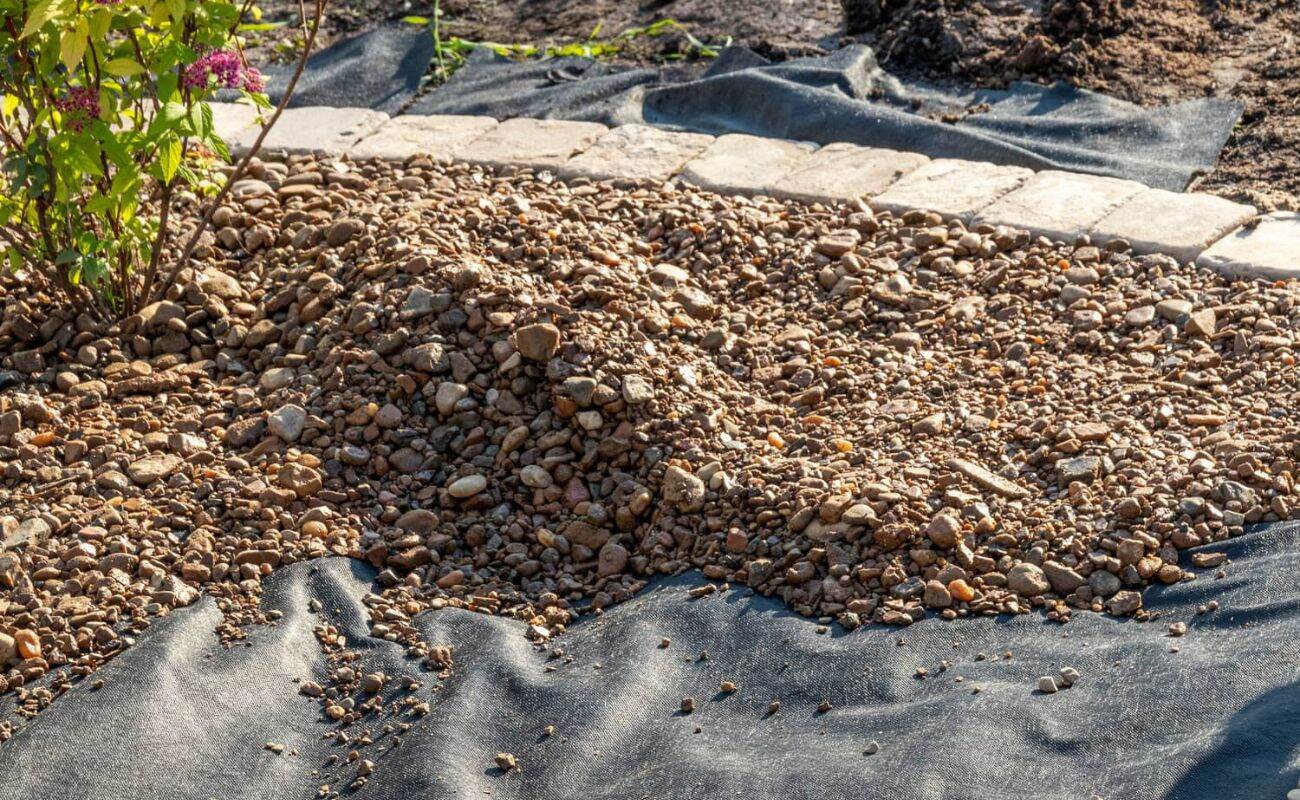
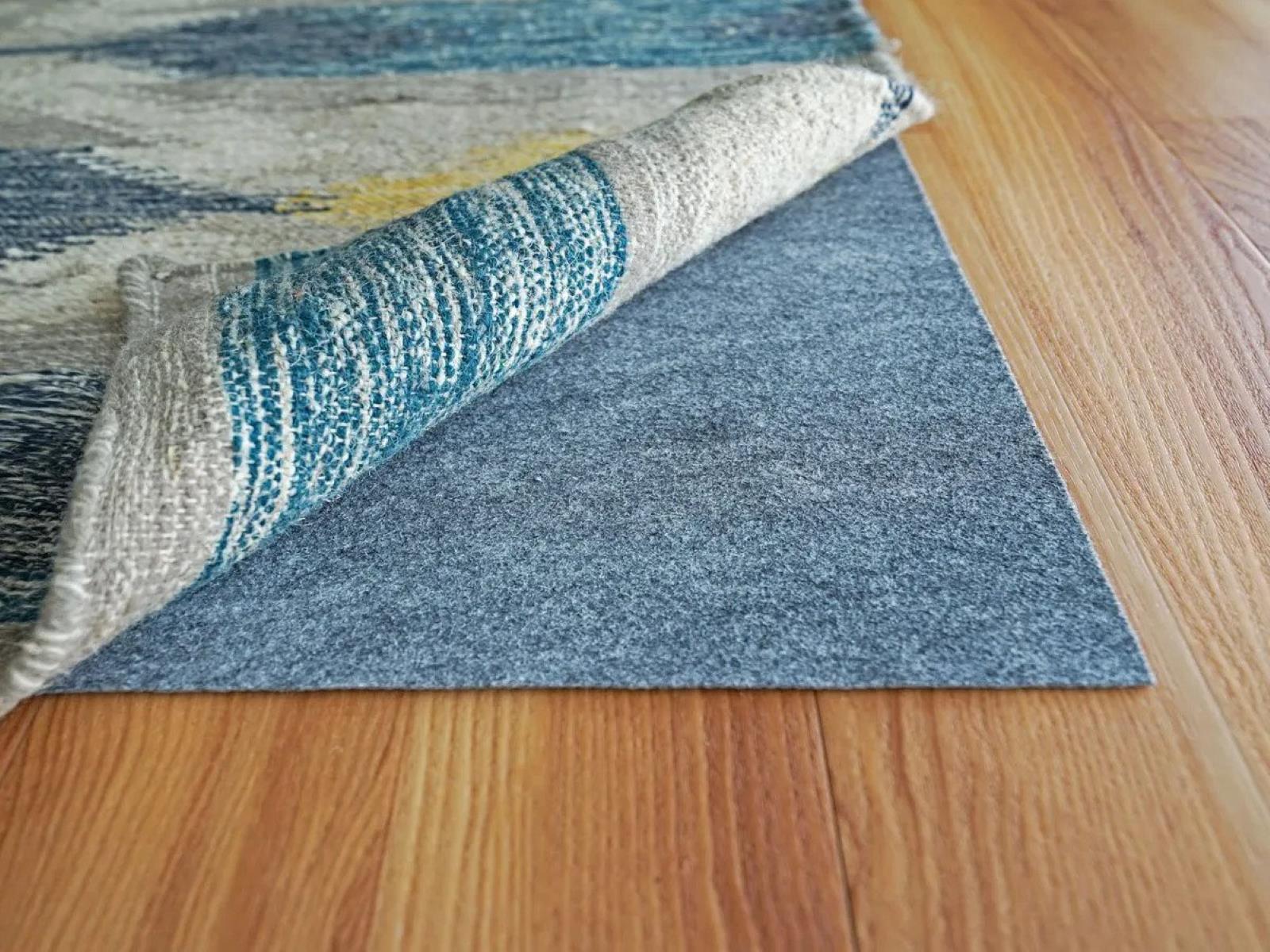
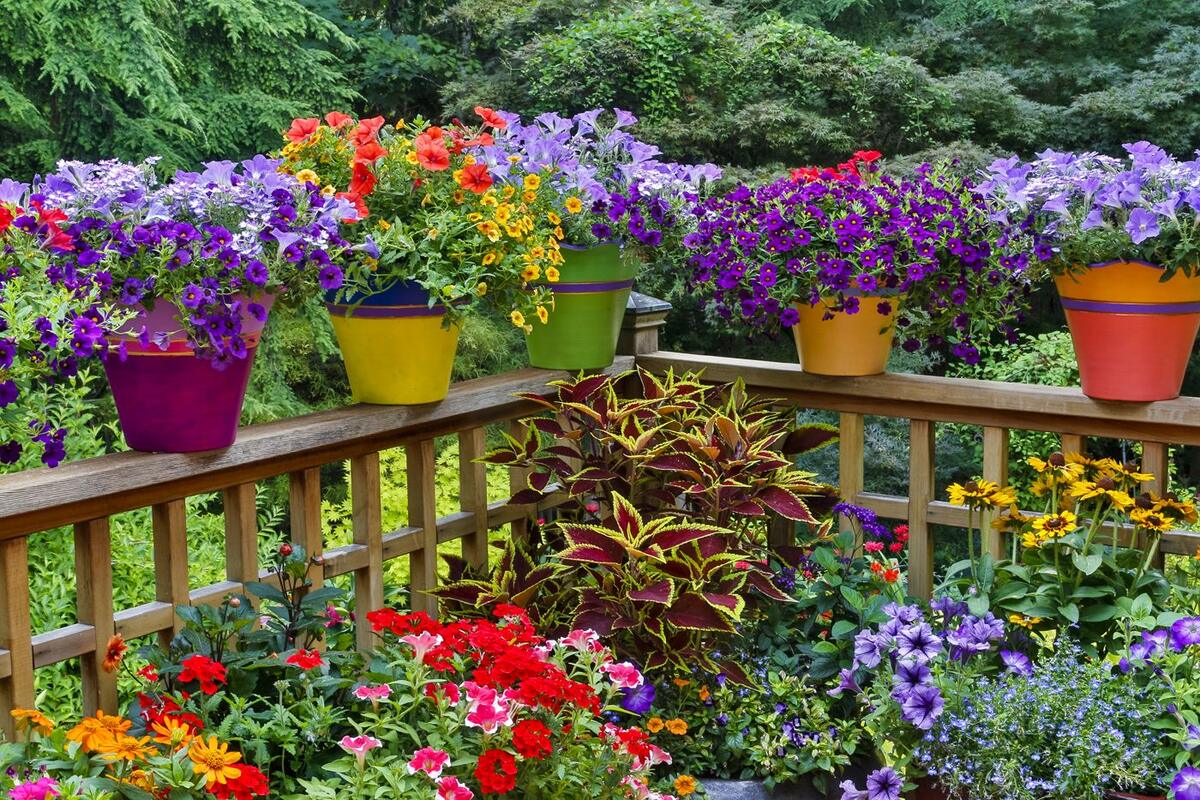
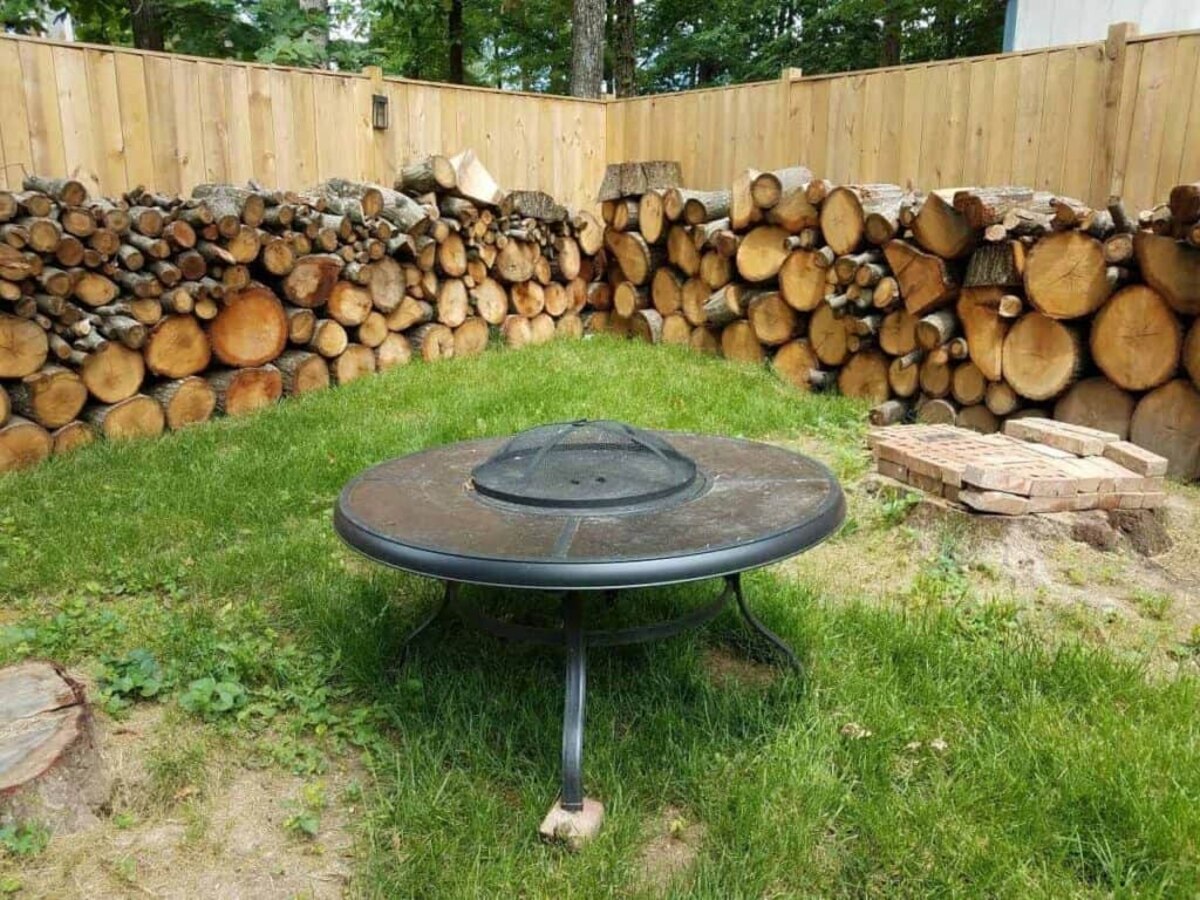
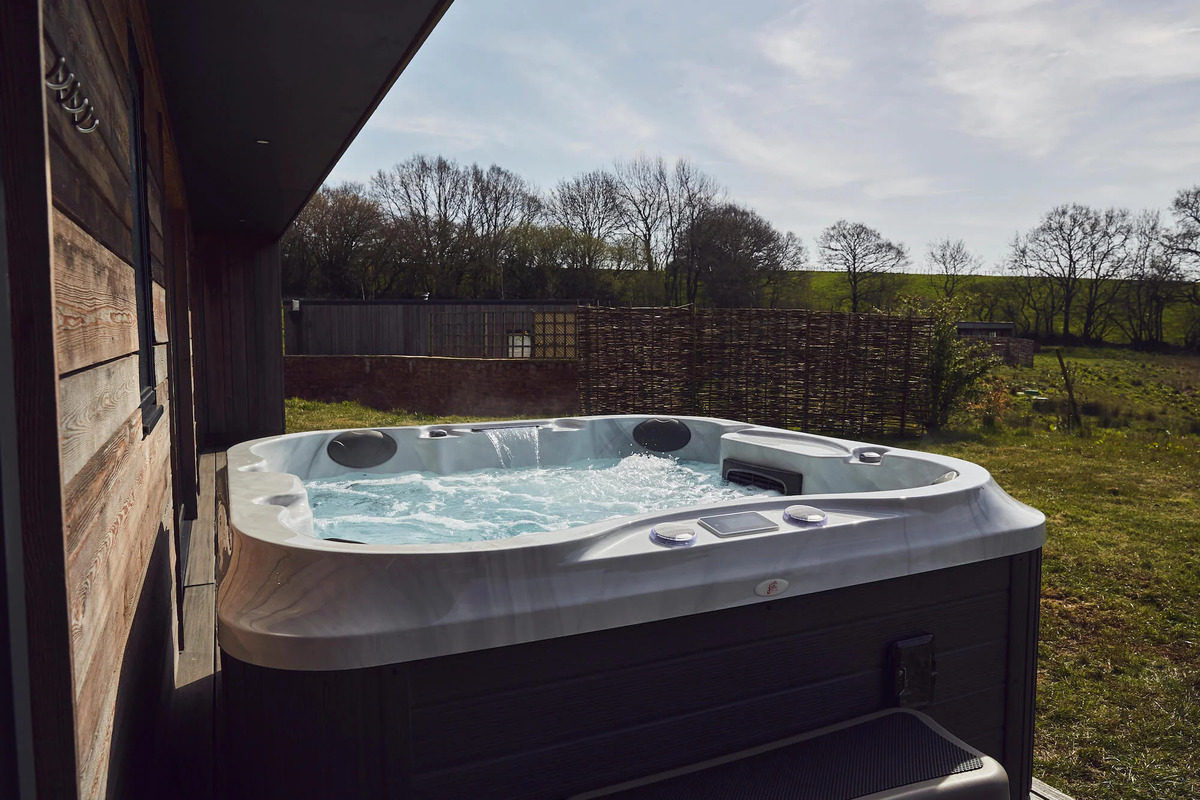
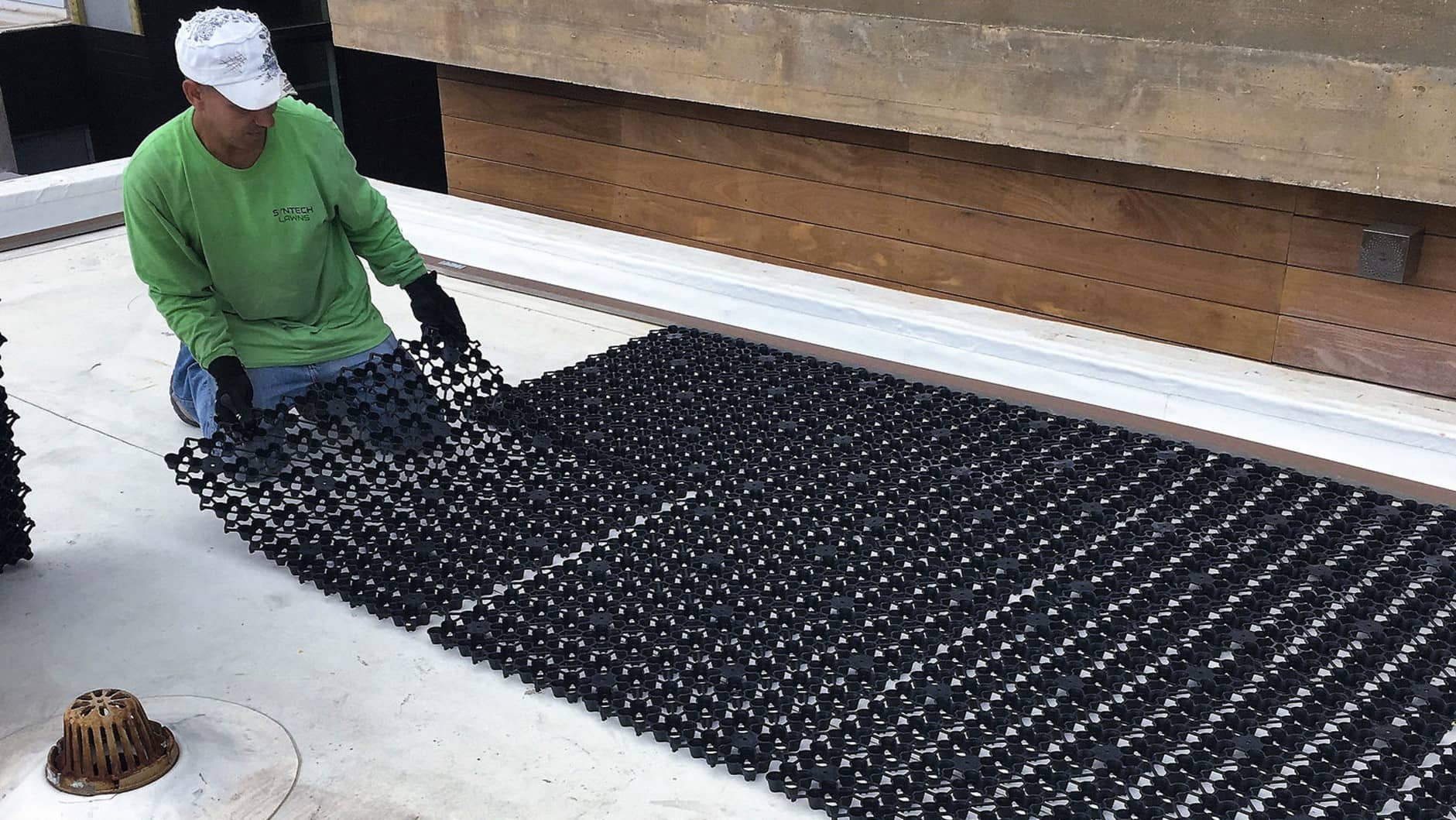
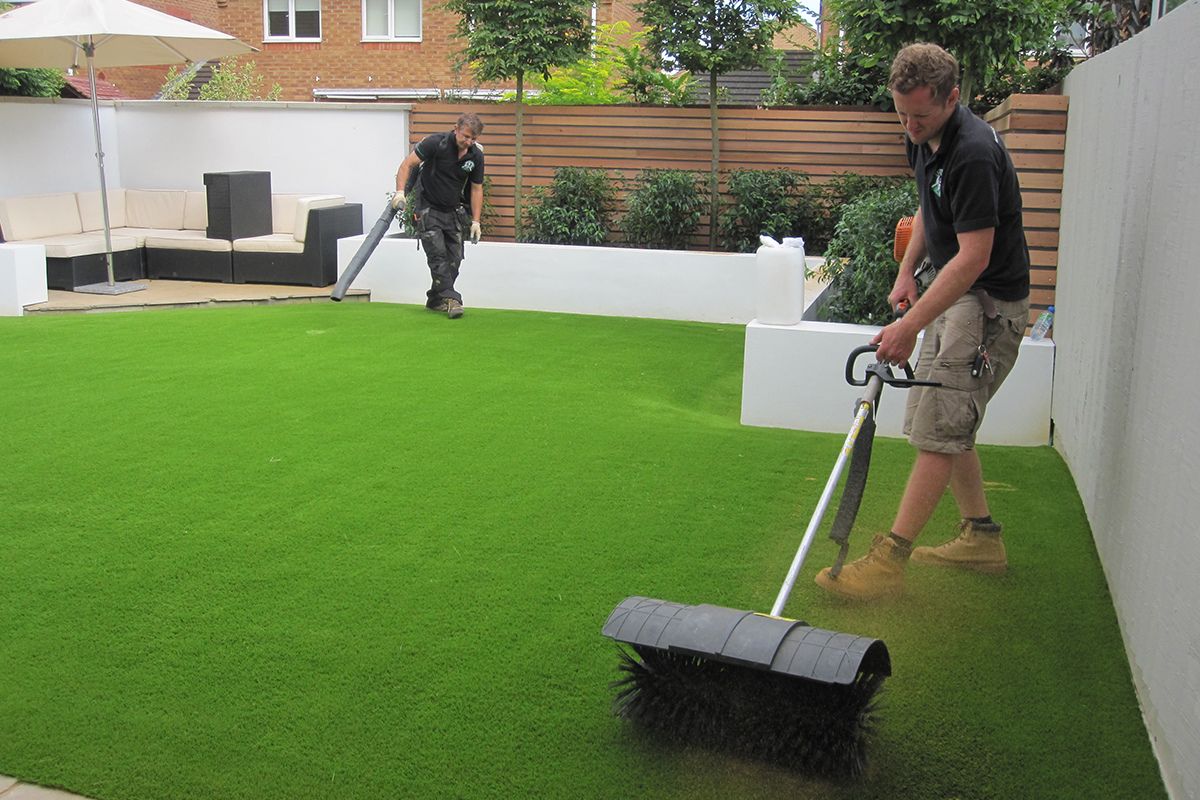
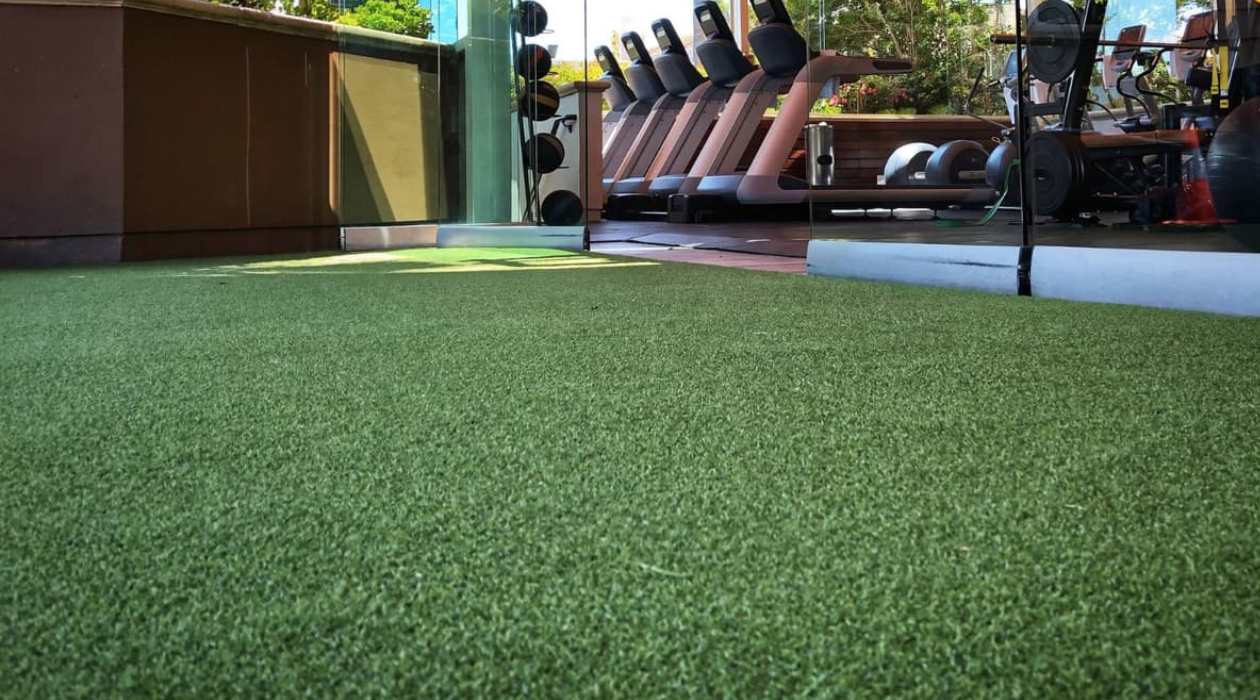

0 thoughts on “What Do You Put Under Turf Grass”